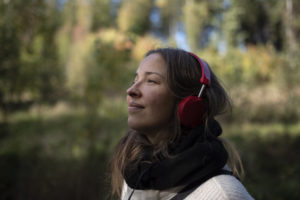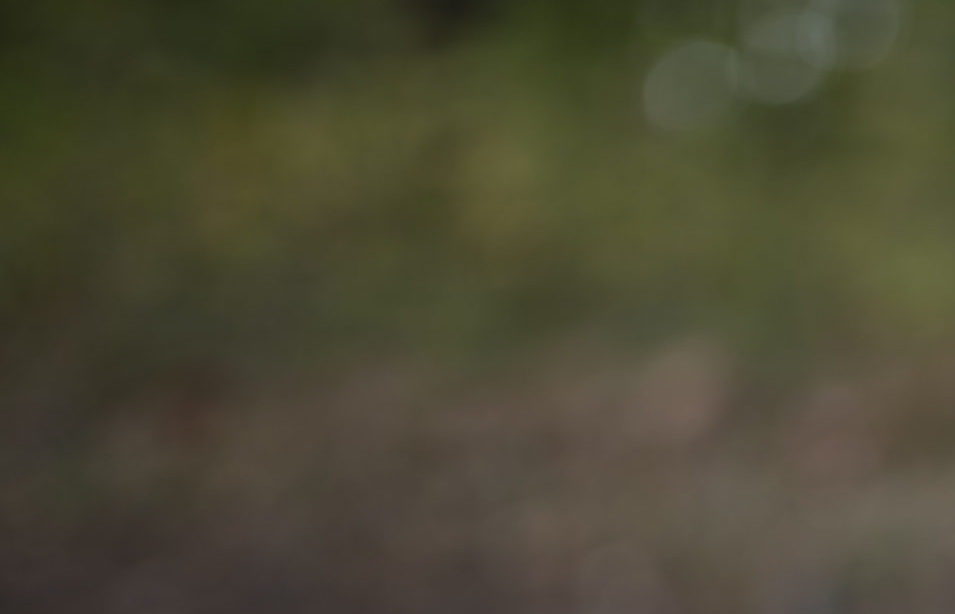About the walk
Entangled in the Mesh is a geo-locative sound-walk meandering through Campus Ås and its outskirts. The walk is experienced through the free app Echoes-XYZ.
The listener chooses the length and route of their walk and makes the work come to life.
Through listening, Lie intertwines pasts sounds and stories, the current era proposed as the Anthropocene (“the human scene”) and speculative futures, exploring different time scales (human, non-human, primordial, seasons, day and night). Her walks aim to skew the human-centred perspective and focus on the non-human lives we share our spaces with at Ås.
“mesh; a word for ‘the interconnectedness of all living and non-living things can mean the holes in a network and threading between them…who or what is interconnected with what or with whom? …the Mesh is vast, perhaps immeasurably so. Nothing exists all by itself, and so nothing is fully “itself.” – Timothy Morton (The Ecological Thought)
Sound is both omnipresent and ephemeral. It is physical yet completely intangible and is potent for representing this complex Mesh we are intertwined in, but that we cannot always see or do not always take into account.
Another durational project coexists with the sound-walk: “an eco-vention”; deadwood logs were placed around the protected campus park in collaboration with the park management in 2018. These natural sculptures will rot and live on through other forms of life, on a timescale stretching far beyond a human life scale. They represent an invitation for dwelling of and with the other.
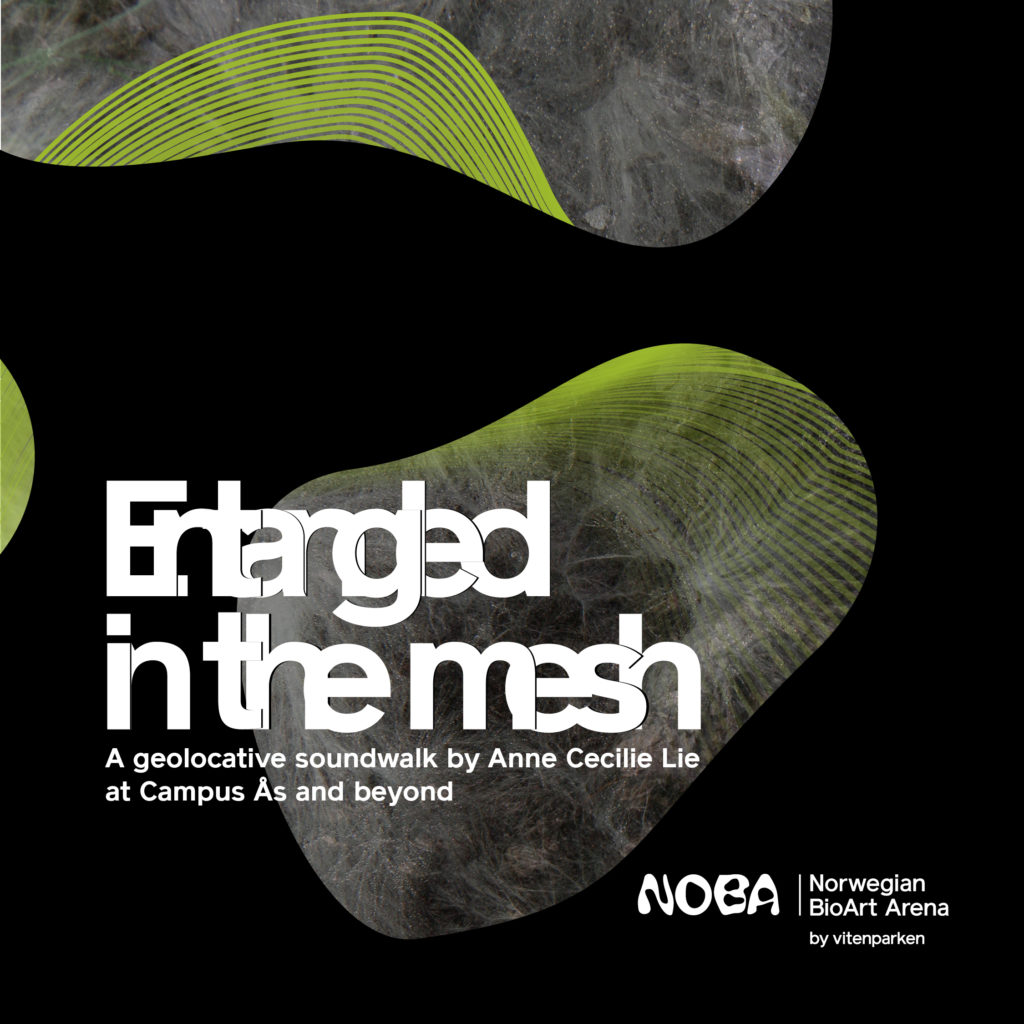
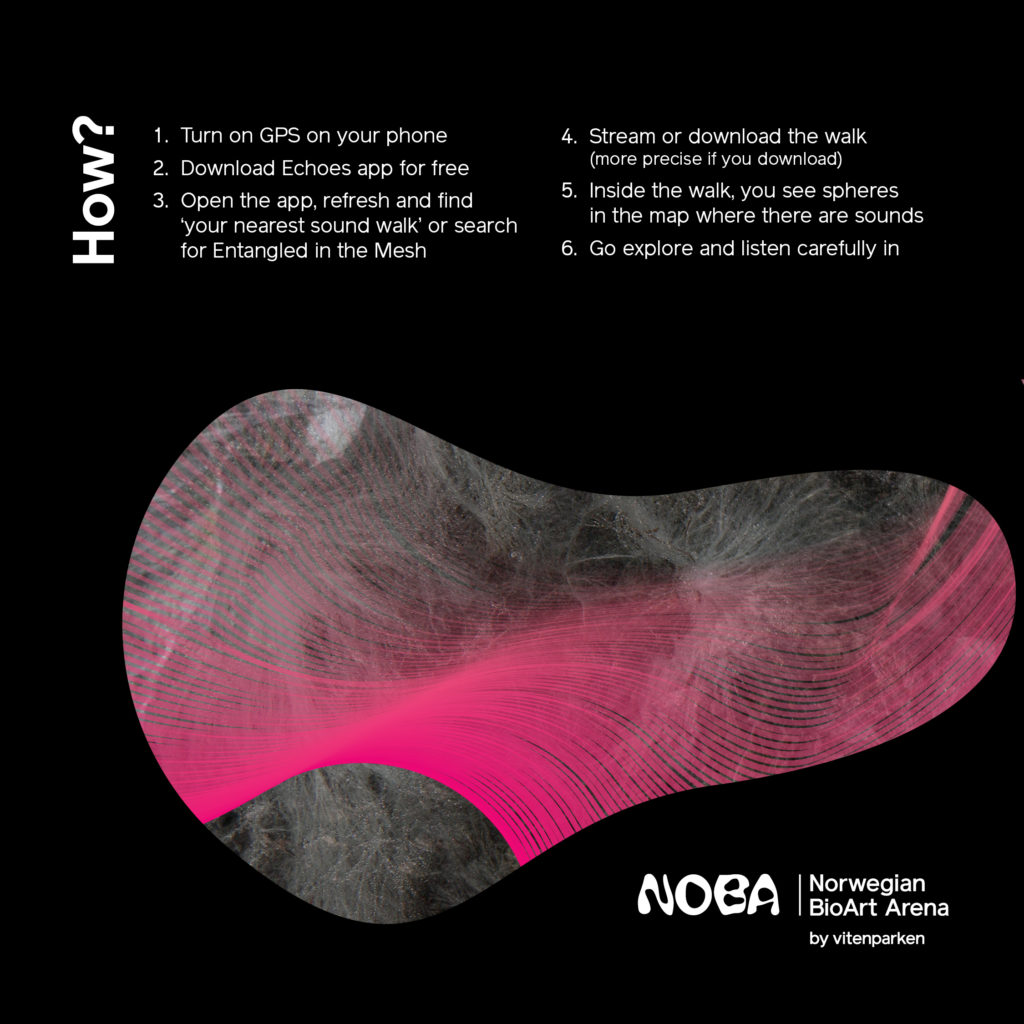
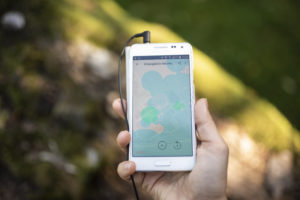
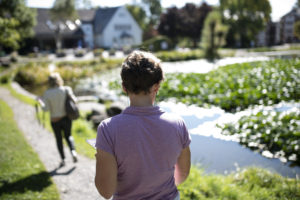
The process and collaborations
The walk is made over a year of living at Ås, presented in collaboration with Vitenparken Campus Ås and NOBA. It is made up of different field recordings, texts and contributions from various collaborators. The walk reflects what different soundscapes have existed at Ås throughout time and what the landscape might sound like in the future.
The process included conversations with employees, researchers and students in diverse fields at NMBU. This included; entomologist Anne Thygeson, professor in conservation biology and also a part of NINA (The Norwegian Institute for Nature Research); entomologist Tone Birkemoe, Professor at the Faculty of Environmental Sciences and Natural Resource Management (MINA); Tore Edvard Berghaust, Faculty Leader of Institute for Landscape Architecture; Vicky Rivera, in 2018 a master student at Noragric (International Environmental and Developmental Studies); Alexandra Roos Rassat, in 2018 a master student in Plant Research, Silje Kvist Simonsen, in 2018 a bachelor student in BioTechnology; Elin T. Sørensen, artist and in 2018 a PhD fellow at the landscape architecture department; the park manager Bjørn Anders Fredriksen; Gry Skjeseth, chief engineer at Faculty of Life Sciences and Department of Plant Science who guided me around the different green houses at NMBU; Rannveig Margrete Jacobsen, in 2018 a PhD Student at Faculty of Environmental Sciences and Natural Resource Management (MINA); mycologist and former professor at NMBU, local storyteller and guide of Campus Ås Dag Guttormsen; all employees of Vitenparken Campus Ås and Vitenparken Campus Ås Café.
The walk includes ultrasound recordings of bats from the Campus and outskirts. This was made with the help of bat expert Mette Klann and bachelor students in acting at the Norwegian Theatre Academy; Gregers Andreas Kroksleiven-Hansen, Eline Waldeland, Ragni Halle and Nina Tind Jensen. The recordings of bats by Årungen is done by Ragni Halle, who spent a whole night recording and listening in on them.
The sounds in work also include my own field and hydrophone recordings from the landscape of Ås. The premises and houses of NMBU have their particular historical sounds attached to them, some of which are explained, others play on your imagination. From avalanches, farm animals, and laboratory sounds, a shooting range and a choir. Some of the sounds became impossible for me to record at the time, like the sound of the amazon rainforest, for instance, which is a soundscape that would be perhaps somewhat similar going some million years back when the landscape of Ås also was a tropical rainforest. Therefore I chose to also use some sounds from freesound.org that were licenced under CC0 1.0 Universal Public Domain Dedication. Freesound is a collaborative database of differently licensed sounds, which works well for the project with its foundation on collaborations and free sharing of knowledge.
I also curated a few sound art pieces used with the permission of its artists; field recordings from Oslo Harbour by Elin T. Sørensen, artist and PhD fellow at the landscape architecture department of NMBU; a track from The Secret Sound project by sound artist Kristine Marie Aasvang; and the recording of a cherry tree drinking by artist Alex Metcalf, who builds his own devices to record this specific sound and generously lent the recording to use in the work.
While walking, some actions are proposed to the public. One of them is the opportunity to eat from the vegetables grown outside the local greenhouse by Ida Vesseltun at Vitenparken. You can hear her working and talking about the food she grows, discussing different types of life in the soil.
The work is about making string figures of the past, present and future, as different creatures, researchers, artists, worlds, and practices come together in the tentacular, ever-growing Mesh, through the omnipresent post-technological entity of GPS, blurring boundaries between human and non-human culture, landscape and body, imaginary and factual worlds.
The site of the work
Inspired by the concept dérive, the work uses the Campus and the adjoined two forests on either side as a place for meandering. The audience can walk where they want, without a specific path or intention, although the sounds spheres create a baseline for a choreography. I wanted to offer the possibility of an extended time-frame and to experience the whole work, you could spend several hours outside.
In total, Campus Ås covers an area of 6000 acres within the municipality of Ås. NMBU was the first agricultural university in Norway. Agriculture is rooted in the Norwegian national identity discussion, and Campus Ås is where the Norwegian constitution was drafted in 1814, while the university was part of (re)building the Norwegian identity after breaking free from Sweden’s and Denmark’s rule. This resonates in Entangled in the Mesh with reflections on creating a new constitution that equates human and non-human rights, as we see researched in The Parliament of Things, a project initiated by political and environmental philosopher Bruno Latour.
Campus Ås Park is neoclassical, with a formal geometry linking linear allées and hedges and vast open fields where, on an advance, the viewer is supposed to look upon the land from a specific vantage point used in romantic, ‘one point perspective’ landscape paintings. This refers back to the romantic idea that the viewer is outside of nature and at an advantage. Although bio-diverse in the number of variations, the plants in the park also speak of colonization and the western scientific need to map and ‘rule’ ecology.
The park is protected, one of the only ones in Norway, which means that the park administrator has to plant the same trees that fall or plants that die. Not much can be changed, which makes me reflect upon some of the structures of belief that are still sediment in Western ideas: the human outside of and/or above nature.
I wanted to re-wild or make a mess(h) the park, something less planned, less structured and aesthetical from a classical landscape architecture point of view. Fortunately, the current park advisor was eager to make more mess(h) in it as well, which resulted in the placing of the deadwood log sculptures.
